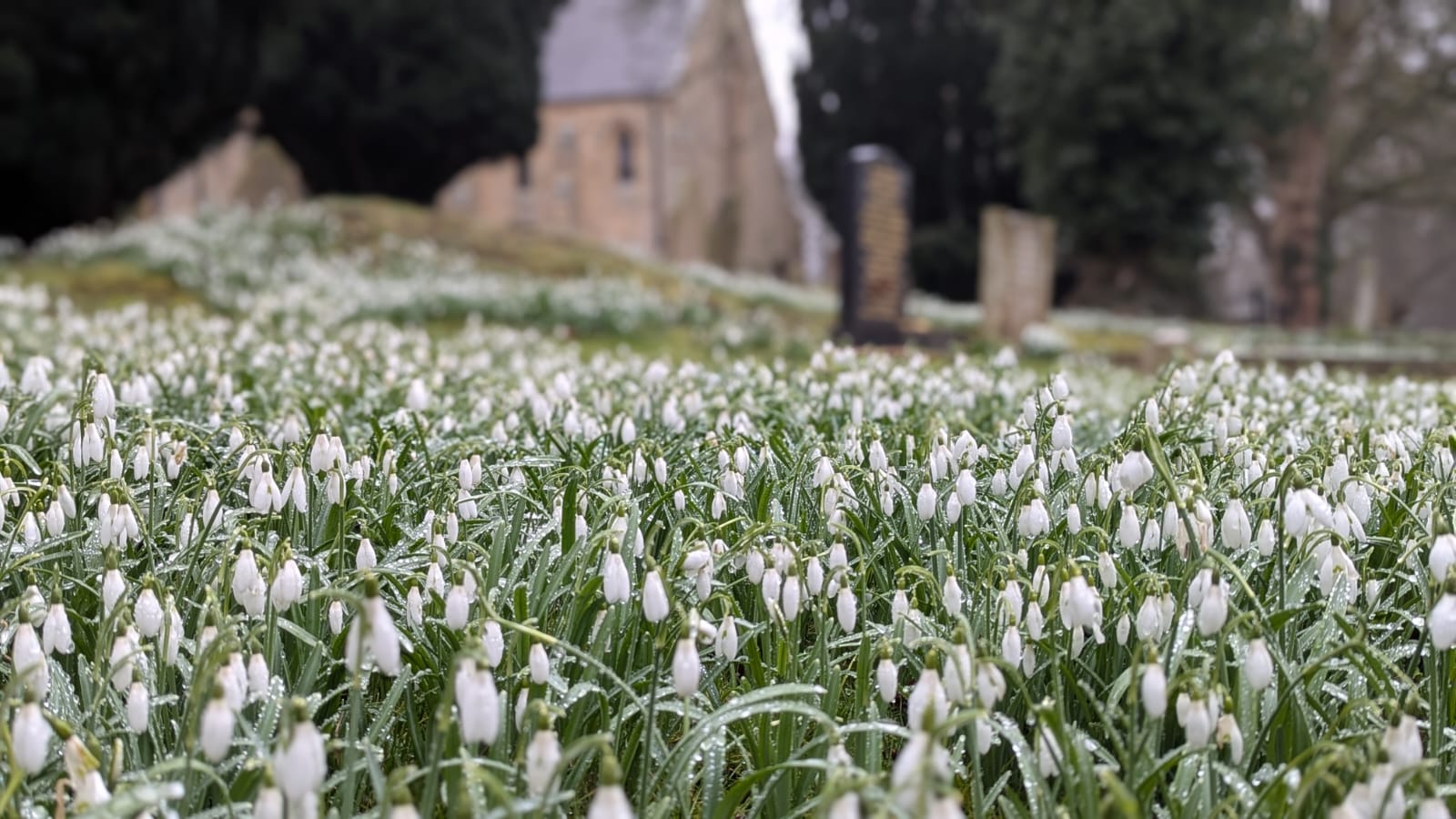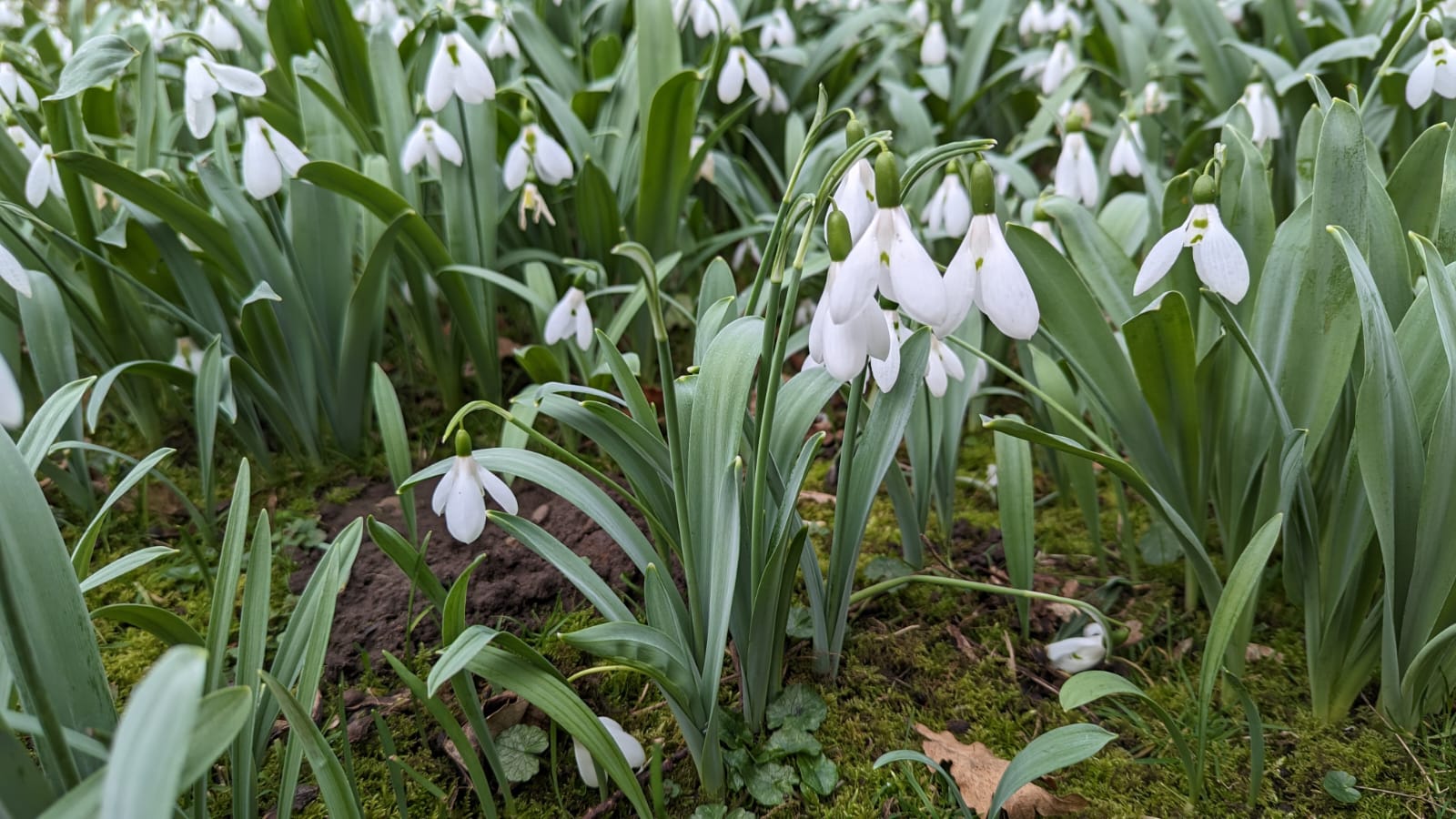Get started identifying the wild and naturalised snowdrops you’re most likely to spot in a brand-new crib sheet suitable for beginners.
Thank you all so much for continuing to read and download recent entries in this series of beginner’s plant cribs. It means a lot.
With a few more abundant groups out of the way, now seemed like a good time to move away from familiar urban plants and tackle something a little more challenging: Snowdrops.
Now, I know what you might be thinking – snowdrops all look the same. Small, white, and blooming usually (but not always) in late winter, I tend to agree. Or did, that is. Since I started looking at my local snowdrops here in Newcastle, it has become quite clear that they are far more diverse than meets the eye. Inspired by a few local finds, I wanted to explore the species you’re most likely to see wild, naturalised, and yes, planted, here in the North East. True to form, I have included some other species and varieties too but only because they’re bound to turn up eventually.
Identifying Snowdrops
Well-naturalised in woodlands, hedgerows, large gardens, and other shady areas, snowdrops bring joy to many in late winter. Looking past the obvious similarities, they can be an interesting bunch to explore, and even with a tentative glance, it is possible to find several species with relative ease. Especially if humans have been involved in spreading them. In this crib, we’ll look at:
- Common Snowdrop
- Giant Snowdrop
- Pleated Snowdrop
- Green Snowdrop
- Queen Olga’s Snowdrop
- Several cultivars of those above
Enjoying this series? Please consider sharing this page with friends or better still, providing a back-link so that more people can find it 🙂





Leave a Reply